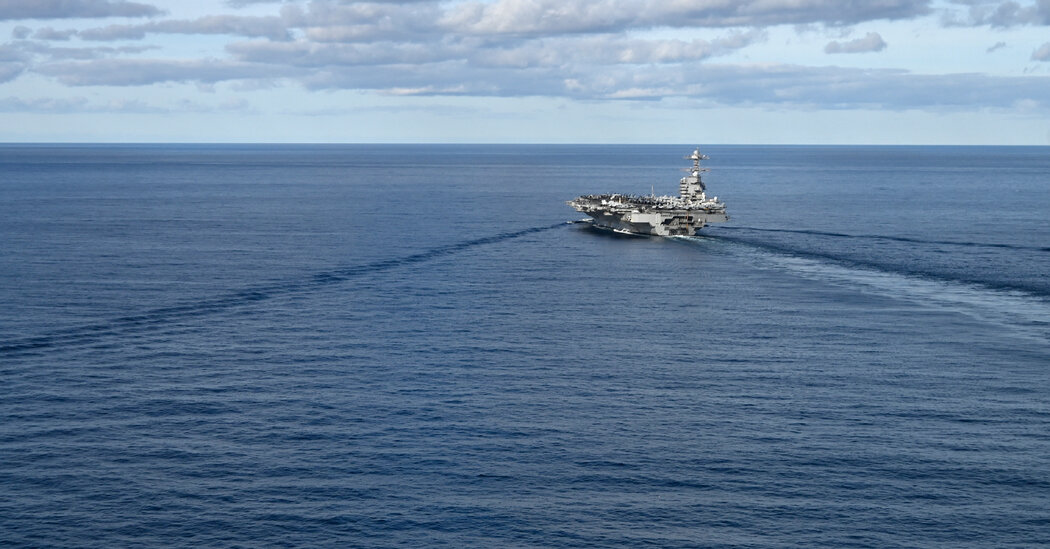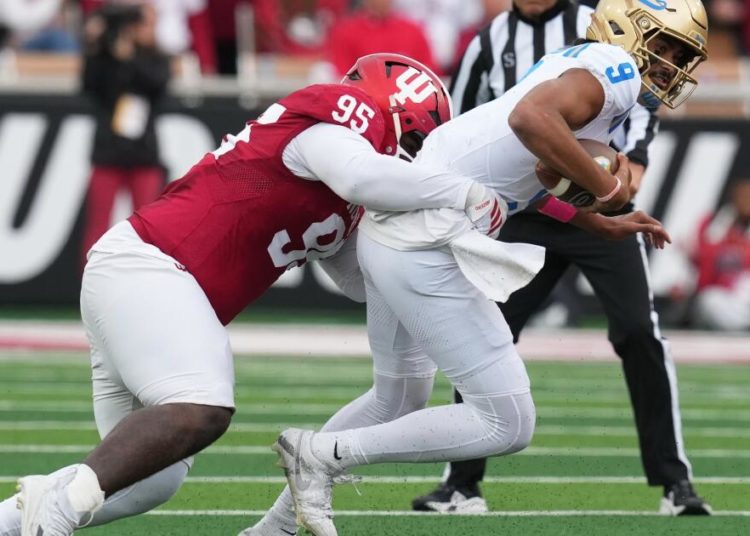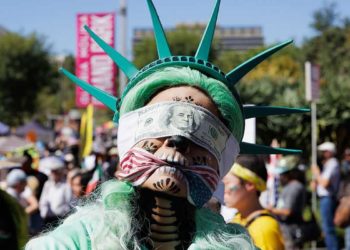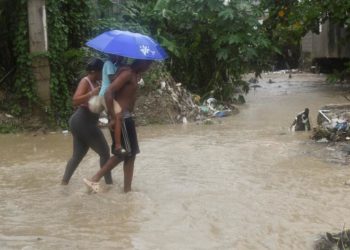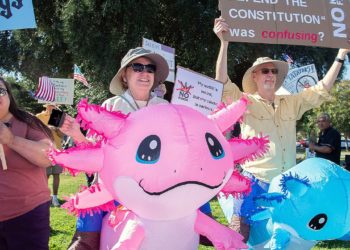The Pentagon’s announcement on Friday that the aircraft carrier U.S.S. Gerald R. Ford would soon head to Latin America was a major addition of military firepower in the region as the Trump administration ramps up its attacks on small boats it claims are carrying narcotics.
The carrier and its escort ships would add to the roughly 10,000 troops deployed to the Caribbean and military bases in Puerto Rico since August, for what the administration says is a counterterrorism and counternarcotics mission.
President Trump vowed on Thursday that he would expand the operation from attacks at sea to targets on land.
What is the U.S.S. Gerald R. Ford?
The Ford is the first ship in a new class of aircraft carriers named for former President Gerald R. Ford, who served on a carrier during World War II.
The ship was commissioned in 2017 during a ceremony presided over by Mr. Trump during his first term in office.
Like all other U.S. Navy aircraft carriers in active service, it is powered by nuclear reactors. According to the Congressional Research Service, the Ford cost about $13 billion to build.
Around 5,000 sailors serve on carriers like the Ford when all of the aircraft and aviators are aboard.
Does the Navy normally deploy carriers to the Americas?
No.
What ships are accompanying the Ford?
The Navy said in a statement that the Ford deployed with five guided-missile destroyers.
When deployed with a carrier, destroyers typically serve in a protective role — such as monitoring for incoming enemy ships, aircraft, missiles, drones and submarines, and attacking them if necessary. Destroyers can also rescue aviators from the carrier who crash into the ocean.
Together, the Navy refers to the Ford and its escort ships as Carrier Strike Group 12.
(Some strike groups are also accompanied by a fast-attack submarine, although that information is rarely released by the Navy.)
What kinds of aircraft does it carry?
The aircraft assigned to the Ford, called its “air wing,” includes four squadrons of F/A-18 Super Hornets, which can engage enemy warplanes and attack targets on the ground; a squadron of EA-18G Growlers — a variant of the Super Hornet designed to jam enemy communications and attack aircraft and ground targets; two helicopter squadrons; and a detachment of propeller-driven E-2 Hawkeye early-warning planes and C-2 Greyhound cargo planes.
Where has the Ford been?
The Ford is based in Norfolk, Va., home to the Navy’s largest concentration of warships. It deployed on June 24, sailing across the Atlantic Ocean.
According to the Navy, the Ford crossed through the Strait of Gibraltar and entered the Mediterranean Sea on July 19.
The ship then visited Marseilles, France, on Aug. 4, and passed through the Strait of Dover into the North Sea on Aug. 17. In late August and September, the ship operated in the Norwegian Sea with NATO allies and visited Oslo.
The Pentagon’s new order for the Ford strike group will put the ships under the command of the Miami-based U.S. Southern Command, which oversees military operations in Central and South America.
Adm. Alvin Holsey, who leads the U.S. Southern Command, recently announced he would retire in December, less than one year into his current tour.
What could the Ford strike group allow Southern Command to do?
With its warplanes, the Ford could be called on to launch airstrikes on land, and could continue to do so for many months if it is resupplied at sea with food, ammunition and fuel for its aircraft.
The destroyers accompanying the Ford can also launch Tomahawk cruise missiles against targets on land, and attack enemy ships with SM-6 missiles.
Helicopters embarked on those destroyers can also attack enemy submarines with torpedoes, and strike enemy ships and boats with Hellfire missiles and other weapons.
John Ismay is a reporter covering the Pentagon for The Times. He served as an explosive ordnance disposal officer in the U.S. Navy.
The post What Is the U.S.S. Gerald R. Ford, and Why Is It Heading to Latin America? appeared first on New York Times.
